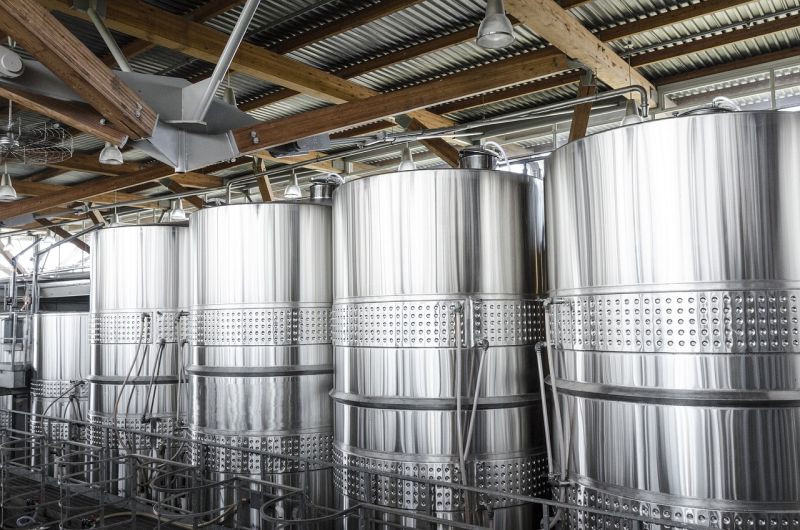As global experts in metal finishing, our team at Polished Metals has seen firsthand the wide range of use cases for polished stainless steel. Part of the reason for this versatility is due to the high volume of types of stainless steel available on the market. Through subtle variations in composition, characteristics of this incredible metal such as corrosion resistance, workability, and strength can be increased or traded off depending on the demands of the project in question.
Our inventory of stainless steel types covers quite a few, but there are dozens more grades available on the market. So today, we’re sharing a bit more information about types of stainless steel, their compositions, and the characteristics they offer.
What Is Stainless Steel?
Stainless steel is a metal alloy made primarily from iron and at least 10.5% chromium. While there are many types of iron alloys, and particularly many alloys of steel, stainless steel is among the most commonly used around the world.
In order to meet the definition of “stainless” steel, an alloy must contain at least 10.5% chromium. However, the most popular stainless steel alloys include significantly more, typically around 16–18%. Additionally, most stainless steel varieties also include at least one other metal such as carbon, nickel, silicon, manganese, and more.

Common Types of Stainless Steel
As one of the world’s most widely used varieties of metal, stainless steel, in turn, comes in a wide range of types that each have their own unique properties, benefits, and use cases.
Depending on how you count, there are as many as 150 (or more) types of stainless steel, each falling into a handful of general categories:
- Austenitic
- Ferritic
- Duplex
- Martenistic
Below, we’ll review a handful of the specific types (or grades) of stainless steel that readers are most likely to encounter in day to day life.
304
Also called 18-8 stainless steel, 304 stainless steel is one of the most widely used grades in existence. This austenitic alloy contains 18% chromium and 8% nickel, and this composition lends it good corrosion resistance and excellent forming characteristics.
Within 304 stainless steel types, 304L is the low-carbon version, which offers better welding and corrosion resistance without the need for post-welding annealing.
316
Also an austenitic alloy, 316 includes 16% chromium, 10% nickel, and 2% molybdenum. With more nickel and the addition of molybdenum, 316 gains additional corrosion resistance that makes it more favorable for situations where seawater or brine solutions are expected.
318
318 stainless steel is a duplex variety that combines characteristics of austenitic and ferritic grades. It includes at least 18% chromium and 2–3% molybdenum along with manganese, silicon, and trace amounts of carbon. It is used in many industrial applications where corrosion resistance is paramount, as well as for welding.
409
A ferritic variety, 409 stainless steel is almost entirely iron and just over the minimum amount of chromium, around 10.5–11.5%. It also includes small amounts of nickel, manganese, and silicon. One of the most cost-effective types of stainless steel, 409 is not considered food grade and is frequently used for turbines, exhaust, automotive parts, and similar applications.
430
With 16% chromium and no nickel, 430 is highly magnetic and offers only very basic corrosion resistance, far less than alloys in the 300 series. This variety may be used as a cost-effective alternative to 304 stainless steel, albeit with significantly less corrosion resistance.
441
This ferritic alloy contains 18% chromium and has corrosion resistance similar to that of 304 stainless steel. It is stabilized with titanium and niobium which makes it excellent for welding; it also has extreme resistance to stress corrosion cracking, which occurs when a metal is subject to both tensile stress and corrosive environments.
Polished Metals: Professional Metal Finishing Services
At Polished Metals, we’re known throughout the world for our best-in-class metal finishing services. Our expansive inventory includes a broad selection of metal types, including several varieties of stainless steel for use across many industries.
Our experienced team and our large in-house facility give us the capabilities needed to meet rigorous standards and complete high-volume orders in a timely manner. You know you’re working with the best when you work with the Polished Metals team1 If you have questions about our inventory or have custom metal finishing needs, please reach out to us.

